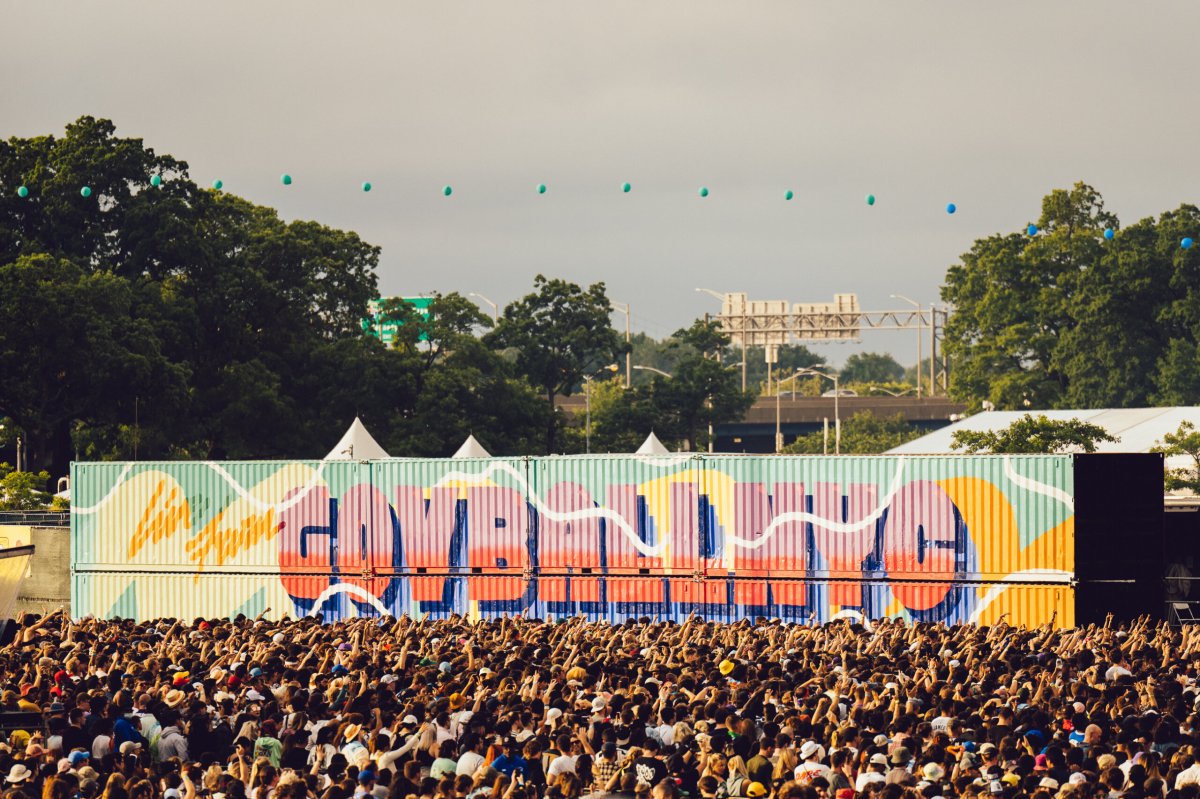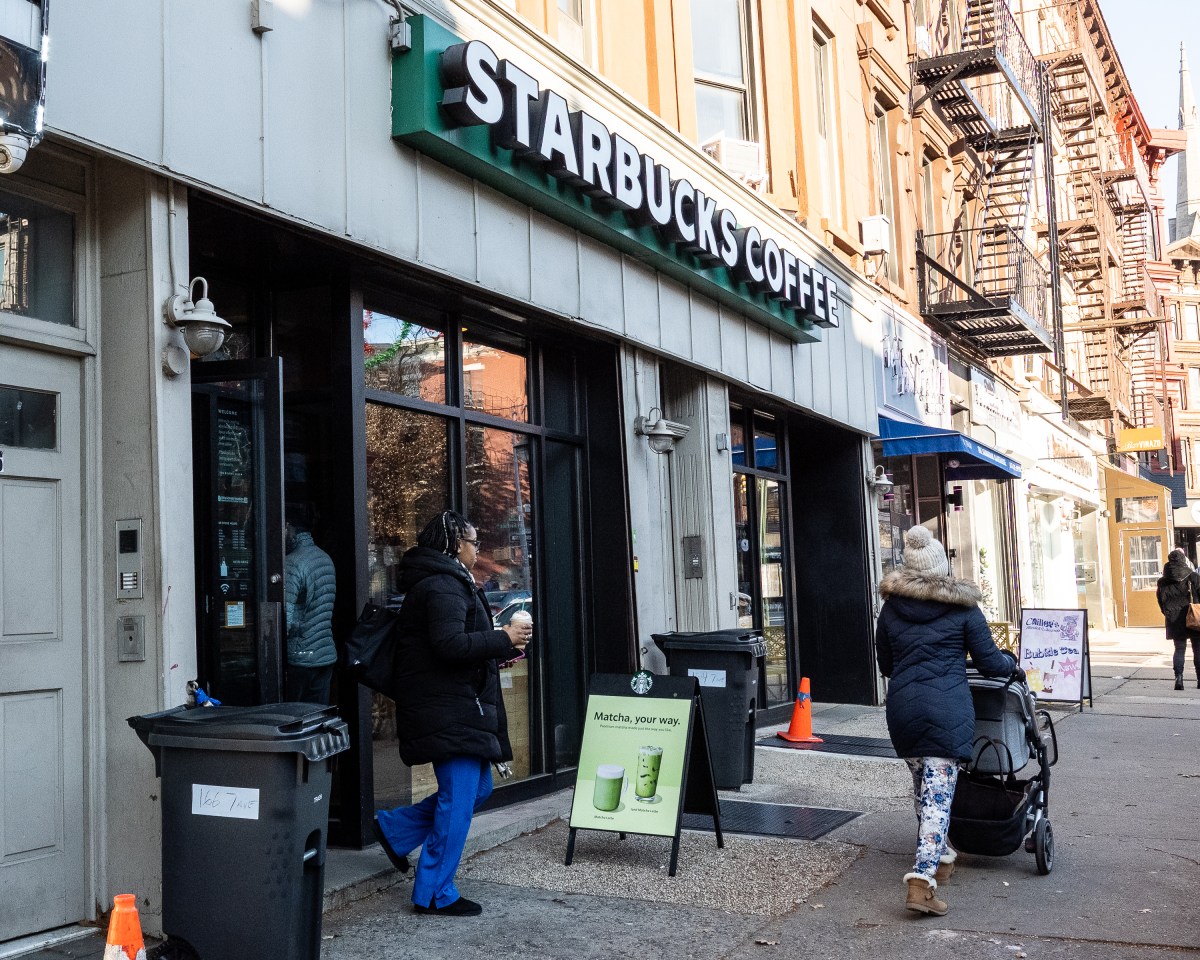Funds for capital projects will be safe for the foreseeable future as the Metropolitan Transportation Authority’s monthly board meeting revealed that deficits should be covered by the federal government and lockbox money for expansion and improvement will not be needed to support the agency’s operations.
Chief Financial Officer Robert Foran briefed all members stating that the $54 billion 2020-2024 capital plan could move forward after being placed on hiatus over the summer as the COVID-19 pandemic continued to wreak havoc on their finances and Washington gave no clear signs of providing relief.
A $2.9 billion loan taken out from the Federal Reserve at the end of 2020 will now be used at a later date to shore up any additional deficits the agency will face in the coming years.
“Our goal is that these proceeds will be the last dollars that we need to balance, any future budgets, and address deficits. We won’t have to use them at all as ridership comes back and as the economy strengthens and as we take appropriate efficiency efforts,” Foran said. “Importantly, the use of the lockbox funds to balance this year’s budget is no longer required, which allows us to issue MTA bonds this year to advance the 2020 to 2024 capital program as Janno Lieber identified last month, and we’re happy to be able to move the 2020 to 2024 capital program forward on an expedited basis.”
Since the February meeting, however, the health of workers seems to have a high unseen since the spring and summer months as the six New York City Transit employees, one Long Island Rail Road and one Metro-North employee have died from COVID-19 bring the total death toll in the agency since the beginning of the pandemic to 154.
Despite this, MTA Chairman Pat Foye said he and other MTA officials are committed to reopening 24 hour service on subways which was suspended in early May to empty out all stations and trains for deep cleaning. The closure period was reduced from 1 a.m. to 5 a.m. to 2 a.m. to 4 a.m. at the end of February, something described by Governor Andrew Cuomo as a “phased reopening” but left no mention of when the 24-hour service would be fully restored.
“We are carrying approximately 1.9 million subway riders daily. While that is still significantly below pre-pandemic numbers ridership, it is heading in the right direction. We are committed to adding service as necessary as more and more customers return to the subways, commuter rails and buses. As you know we restored two hours of service overnight, and are firmly committed to returning to 24-hour service in the future,” Foye said.
While a definitive date or a defined set of metrics to inform the agency of when overnight service will return to normal has not been made public, the MTA says 18,000 of their 70,000 person workforce has been vaccinated.

































